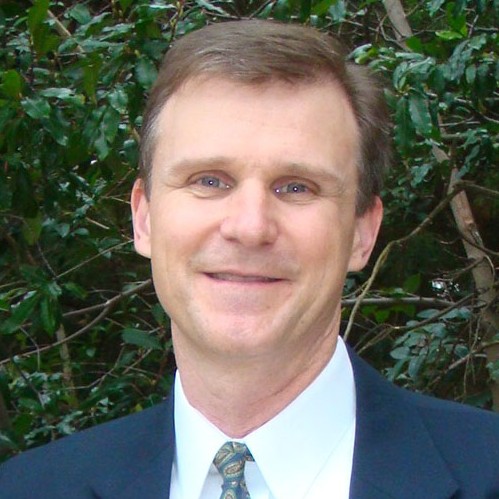Gary Lackmann
Bio
I grew up in Seattle, Washington, and lived and worked in California, New York, and Montreal before moving to North Carolina in 1999. My employment history includes the US Naval Postgraduate School, NOAA’s Pacific Marine Environmental Laboratory, and private-sector consulting in addition to work in academia. I currently teach synoptic meteorology at both undergraduate and graduate levels, and numerical modeling of the atmosphere.
In my research group, we study the dynamics and prediction of high-impact weather systems, including tropical and extratropical cyclones, convective storms, and topographically forced flows such as cold-air damming. Improved understanding of such weather systems can lead to improved forecasts and also to improved representation of the associated physical processes in numerical models. One area of emphasis is understanding of how diabatic processes, such as the release of heat by condensation, influences storm dynamics. A natural extension of this work is the study of how climate change affects these high-impact weather systems; warming and associated increases in water vapor alters the dynamics of storms, presenting an interesting and important aspect to an overall understanding of how climate change affects our environment. See this Research Highlight in Nature Climate Change for a summary of one of our recent papers.
Education
PhD Atmospheric Science University at Albany, State University of New York 1995
MS Atmospheric Science University of Washington 1989
BS Atmospheric Science University of Washington 1986
Area(s) of Expertise
Winter storms, flooding rains, and severe convective storms exert tremendous societal impacts. How can we improve our ability to predict these events? How are the frequency and intensity of such weather systems affected by climate change? Several recent studies from our group have sought to answer these questions. The storm track, hurricanes, and convective flooding events all exhibit complex sensitivity to changes in the larger-scale thermodynamic environment. Our approach to research involves physical understanding derived from hypothesis-driven study using theory, observation, and modeling. In order to capture the important physical processes in high-impact storms, high spatial and temporal resolution are required in numerical modeling, along with careful analysis and scrutiny of the numerical models themselves. Students gain highly marketable skills in undertaking such work, and have had little difficulty securing employment upon graduation.
